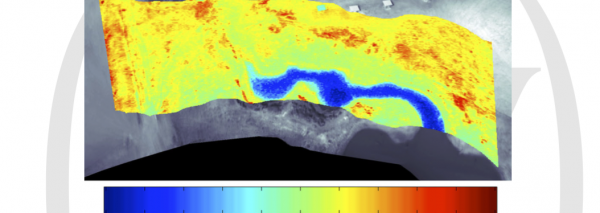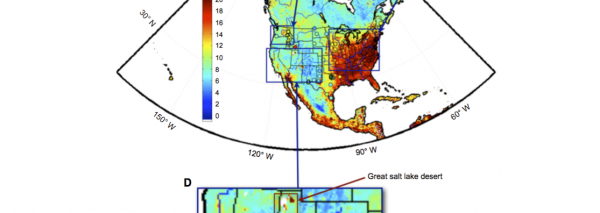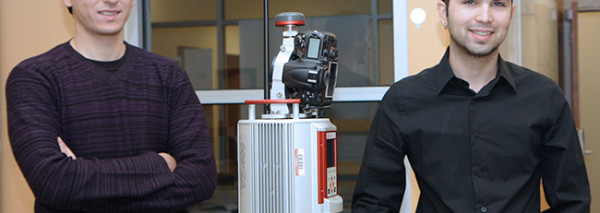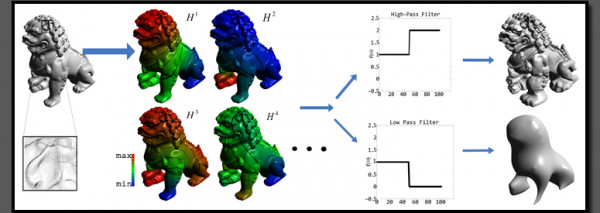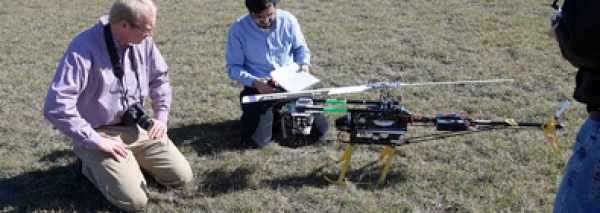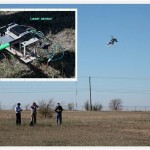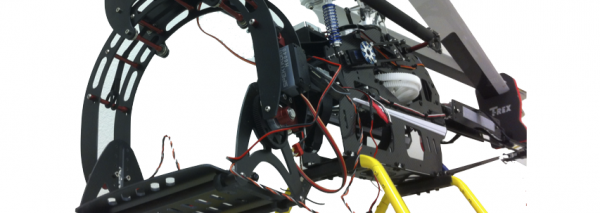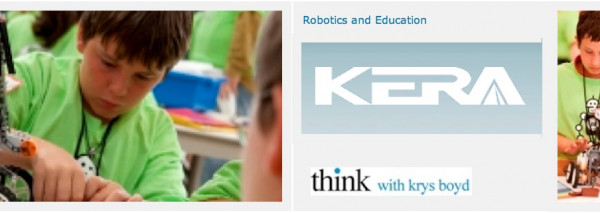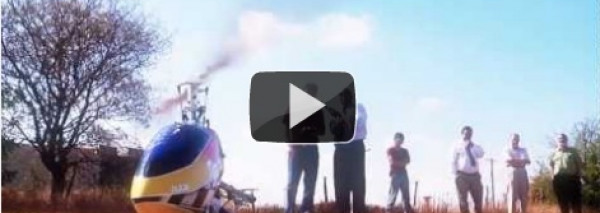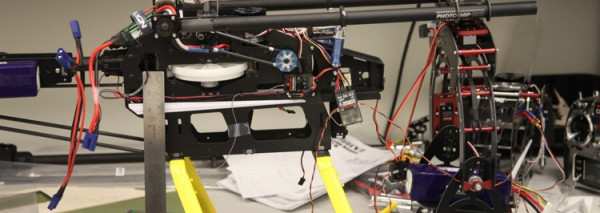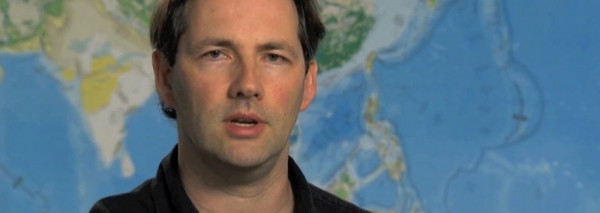News
Low-altitude Terrestrial Spectroscopy from a Pushbroom Sensor
Hyperspectral cameras sample many different spectral bands at each pixel, enabling advanced detection and classification algorithms. However, their limited spatial resolution and the need to measure the camera motion to create hyperspectral images makes them unsuitable for nonsmooth moving platforms such as unmanned aerial vehicles (UAVs). We present a procedure to build hyperspectral images from line sensor data without camera motion information or extraneous sensors. Our approach relies on an accompanying conventional camera to exploit the homographies between images for mosaic construction. We provide experimental results from a low-altitude UAV, achieving high-resolution spectroscopy with our system.
Ramirez, J.P., Lary, D.J., Gans, N. (2015), “Low-Altitude Terrestrial Spectroscopy from a Pushbroom Sensor”, Journal of Field Robotics, 1–16 (2015), DOI: 10.1002/rob.21624
Using Machine Learning to Estimate Global PM2.5 for Environmental Health Studies
With the increasing awareness of health impacts of particulate matter, there is a growing need to comprehend the spatial and temporal variations of the global abundance of ground-level airborne particulate matter (PM2.5). Here we use a suite of remote sensing and meteorological data products together with ground based observations of PM2.5 from 8,329 measurement sites in 55 countries taken between 1997 and 2014 to train a machine learning algorithm to estimate the daily distributions of PM2.5 from 1997 to the present. We demonstrate that the new PM2.5 data product can reliably represent global observations of PM2.5 for epidemiological studies. An analysis of Baltimore schizophrenia emergency room admissions is presented in terms of the levels of ambient pollution. PM2.5 appears to have an impact on some aspects of mental health.
Lary, D.J., Lary, T., Sattler, B. (2015), Using Machine Learning to Estimate Global PM2.5 for Environmental Health Studies, Environmental Health Insights, Suppl. 1 41-52
doi: 10.4137/EHI.S15664.
Vote on Best Landmark for ‘3D Dallas’ Project
NSF CAREER Award
MINTS affiliate Dr. Guo has just been awarded an NSF CAREER Award.
With the popularity of real-time 3D/4D data capturing capabilities, there is an emerging need to compute the arbitrary 3D models and their dynamic deformation over the networks. Traditional model-driven deformable models have their bottlenecks since the spatial information for large-scale datasets cannot be efficiently solved and adaptively minimized over different network conditions. This NSF CAREER project centers on the concept of spectrum-driven deformable models. Analogous to Fourier analysis being applied to image processing, the spectral deformable models employ manifold harmonics to efficiently and effectively perform segmentation, registration, modeling, compression, and streaming of 3D deformable surfaces and volumes.
In Mark Kac’s article of 1966, he asked the question “Can one hear the shape of a drum?” It was understood that the shape of the drumhead determines the set of harmonic bases and their corresponding frequencies at which the drumhead can vibrate. If we know the shape, we can determine the frequencies via the Helmholtz equation – computing the eigenvalues and eigenfunctions of the Laplacian of the shape. If the drum is of arbitrary 3D shape, the technical challenge resides on computing the generalized eigen-problem of Laplace-Beltrami Operator defined on such 3D shapes.
With this NSF CAREER Award, the computer scientist Dr. Xiaohu Guo will investigate the theoretical foundations behind this magic spectral transformation on shapes of arbitrary 3D models. Note that Dr. Guo has started the investigation of such spectral transformation on point-sampled 3D surfaces, called “Point-Based Manifold Harmonics” (http://www.utdallas.edu/~xguo/pbmh.htm). The further theoretical investigation on transforming rotation and tensor fields on arbitrary 3D models will be studied. Dr. Guo will apply such manifold harmonics to solve the problems of 3D shape segmentation, registration, modeling, compression, and streaming over computer networks. With such spectral framework, the real-time scanned, dynamic 3D models can be treated in the same way as applying Fourier transform to 2D images and videos.
The theoretical and technical breakthrough can benefit our society at large, from tele-diagnosis to remote sensing, through Dr. Guo’s further outreach activities.
Flight with Laser Based Gas Sensors
We just had our first flights carrying Mark Zondlos miniature Laser Based Gas Sensors. Each of the three sensors were flown successfully.
First High-Def Video from our Robotic Helicopter
We have our first airborne high def video using a Canon EOS 5D video carried by a Trex Align 700e with a PhotoShip one gyro stabilized 3-axis gimbal.
Robotics and Education
North Texas Public Radio Interview from Monday 11/14/2011
How important will robots be in the future and how is robotics education changing the field? An hour withNicholas Gans, assistant professor of electrical engineering and Ken Berry, director of the Science and Engineering Education Center at the University of Texas at Dallas. The university will hold a robotics competition this week.
Listen here.
Robotic Helicopter Applications
Dr. David Lary is leading a team to develop a fleet of remote-controlled helicopters that will be equipped with sensors to measure air quality, assess the health of cattle in a herd and track the effects of a terrorist attack, among many other things.
Work begins on robotic fleet
Construction has started on our robotic fleet of vehicles. The first acrobatic helicopter is an T-REX 450 PRO 3GX flybarless system to be used as a trainer craft. The 3GX is currently the smallest and lightest flybarless system on the market. This robotic fleet will be used for a variety of tasks including:
Thermodynamics of Tornadoes: Measuring the thermodynamics of the atmosphere in the vicinity of tornadoes to help improve both our tornado forecasts and our understanding of tornado-genesis.
Gas Leaks: Measuring the composition of the atmosphere to assist with leak detection.
Agriculture: Monitoring the health and size of cattle.
Secrets of a dynamic planet
The University of Texas at Dallas geosciences team pursues a multidisciplinary program to understand Earth’s evolution.
Alexander Braun is using remote sensing (specifically, space geodetic satellite observation) to understand changes in Earth systems over time. “You can actually measure real physical parameters – such as the [Earth’s] gravity field or magnetic field – and, more importantly, you can detect surface deformation. The Earth is a very active planet and it is crucial for us to understand when and where it is moving.”
Carlos Aiken and colleagues, are using an approach called cybermapping (which integrates laser scanning, digital photography and satellite positioning, among other sensors) to build 3D photorealistic models of surface geology around the world. Their work is being applied in oil exploration and education (for virtual field trips).http://physicsworld.com/cws/article/multimedia/46833

